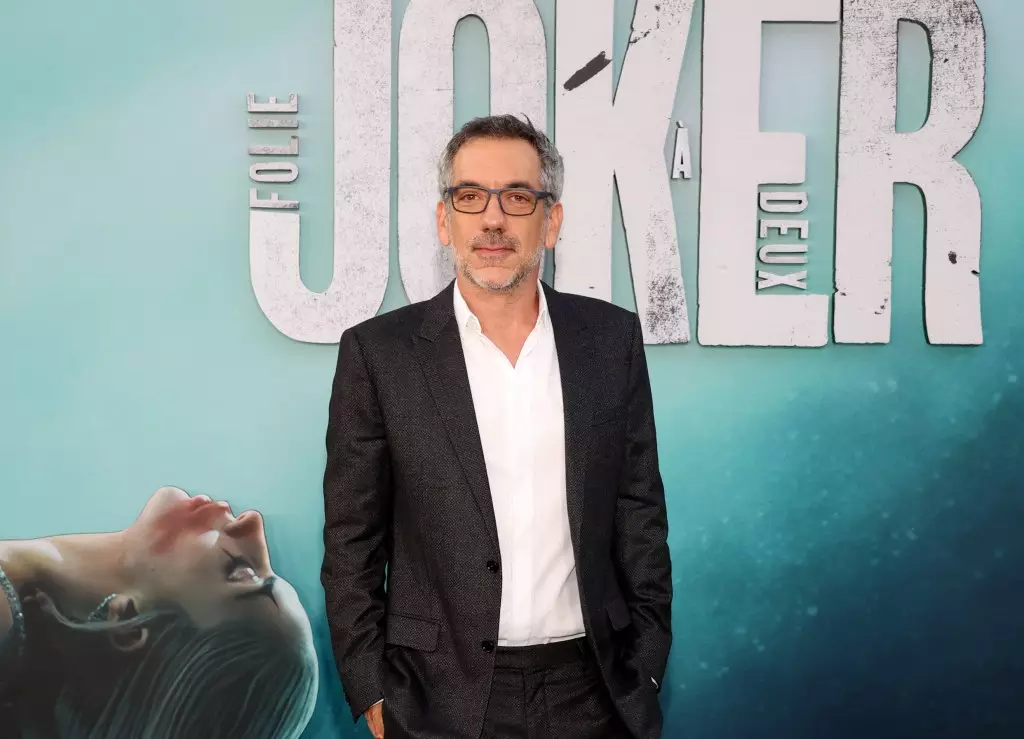In a recent discussion with Empire magazine, Todd Phillips, the director of “Joker: Folie à Deux,” proposed a significant shift in how films are presented in theaters. Phillips’ suggestion revolves around the elimination of commercials prior to screenings. He argues that after purchasing tickets, audiences are filled with eagerness to experience the film. However, the barrage of ads tends to diminish this anticipation, creating a disconnect between the audience’s excitement and the viewing experience. Phillips’ perspective reflects widespread frustration among moviegoers who seek an uninterrupted cinematic journey. This suggestion underscores a broader conversation about improving the overall theater experience, as audiences increasingly seek refuge from the distractions commonplace in modern entertainment environments.
The conversation surrounding the evolution of cinema is multifaceted, encompassing contrasting opinions among filmmakers. For instance, Sean Baker, known for his work on “Anora,” expressed disappointment over the industry’s pivot towards streaming services and digital formats, lamenting the perceived decline of traditional cinematic artistry. Conversely, Paul Feig, the genius behind “Freaks and Geeks,” praised streaming platforms for their innovations and ability to deliver diverse storytelling. This dichotomy highlights a fundamental tension in the film industry — the battle between technological progress and artistic integrity. While some celebrate the avenues provided by streaming, others fear the loss of the communal experience that theaters embody. This conflict sheds light on how various stakeholders in the industry view the future of film distribution and appreciation.
In an environment where artistic voices are increasingly vying for attention, the release of Phillips’ most recent film serves as a stark reminder of the unpredictable nature of the industry. Despite its substantial $200 million production budget, the film has faced both critical panning and disappointing box office performance, indicating a disconnect between high expectations and audience satisfaction. The discontent from industry veterans like Paul Schrader, who humorously dismissed the film as a disappointing experience, reinforces the importance of audience engagement and connection. On the flip side, Quentin Tarantino’s enthusiastic endorsement adds a layer of complexity to the reception of the film, showcasing the polarizing effects of artistic expression.
Navigating the intricacies of modern cinema involves a delicate balance between embracing new technologies and preserving the rich heritage of film. As Todd Phillips and others champion changes to improve the theatrical experience, it becomes imperative for the industry to listen to audience concerns about the immersion and enjoyment of movies. With the ongoing evolution of content consumption, filmmakers must also reflect on how their artistry aligns with audience expectations in both theaters and streaming platforms. The future of cinema lies not merely in technological advancements but in fostering a genuine connection between artists and audiences, ensuring that cinema remains a cherished communal experience rather than just a fleeting moment of distraction. As the industry evolves, keeping the audience’s voice at the forefront is crucial to navigating the future of film.

